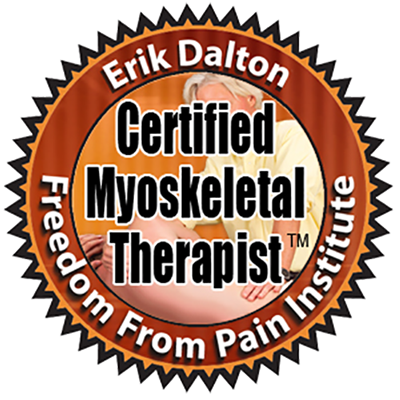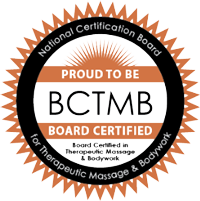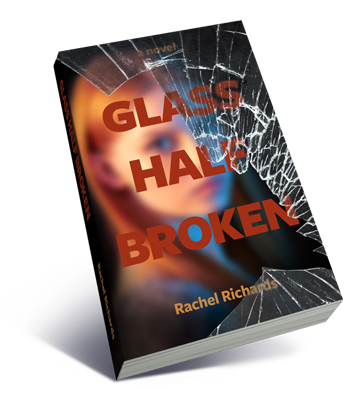News: August 2013
The fascial alarm!
 In my last newsletter, we discovered that disc pathologies are seldom the cause of low back pain. (Click here if you missed out.) So what is causing 80% of the population to have low back pain? Recent studies show fascia as the likely forerunner.
In my last newsletter, we discovered that disc pathologies are seldom the cause of low back pain. (Click here if you missed out.) So what is causing 80% of the population to have low back pain? Recent studies show fascia as the likely forerunner.
Once you lean forward past 30 degrees, your lumbo-dorsal fascia takes on the load. Lumbo-dorsal fascia is located just below the skin and fat tissue, and covers the whole lower spine and sacrum. It's only about a millimeter thick, but can take on a lot of force and cause a great deal of pain. Studies have shown that 93% of people with low back pain have injuries - tearing, scarring, inflammation - in their lumbo-dorsal fascia.
But how does the fascia get injured? In today's society, the vast majority of us spend hours upon hours slumping forward over desks, laptops, cell phones, tablets, etc. When the spine is in a constant state of flexion, the fascia gets stretched out and elongated, making it less able to sustain the stress being placed upon it and more susceptible to injury. As the fascia gets stretched, it loses function in its many mechanoreceptors, which are nerves responsible for calibrating muscle activity. That means we lose proprioception, or perception of our own body's positions and movements. This leads to further injury, micro tears, fatigue, inflammation, scar tissue, and, of course, pain. All of this tissue damage creates stiffness, contracture, and adhesions in the fascia, very similar to what is seen in frozen shoulder.
Research discovered that there is a high density of sensory nerve endings within fascia - many of which specialize in pain signaling. In fact, fascia is our richest sensory organ for proprioception. One study showed that post-exercise soreness does not come from muscles, but rather from fascial sheathes that envelope the muscles. Turns out that the fascia surrounding muscles contain six times the amount of nerve endings as the muscles themselves! So what we know as "delayed onset muscle soreness" may in fact be "delayed onset fascial soreness." Even more surprising evidence was found in an experiment where rats received inflammatory injections into the muscles of their lower spines. Researchers then touched the rats in different areas of the low back to see if and where there was a pain response. Contrary to reason, pain was elicited when the fascia was touched anywhere in the low back.
So pain comes from fascia not only when the fascia itself is injured, but also when muscles are injured. It's been shown that fascia reacts as a kind of injury siren that sends the alarm when there is a change in other tissues innervated by the same segment of the spinal cord. Now that's fascianating!
"Okay," I hear you say, "but wherever the low back pain is coming from, it's still pain! How can I get rid of it?" For exciting answers to that very important question, you'll have to stay tuned for my next newsletter!
Source: Robert Schleip - World Massage Conference
Can't seem to get to the gym?
My clients often complain that they haven't been able to exercise because they have no time to get to the gym. My answer is always the same: You don't need to go somewhere to exercise. You have everything you need with you at all times. If you have a tight schedule, there's no need to overwhelm yourself by thinking your exercise routine needs to be 2 hours long. Just taking 30 minutes a day can keep you physically fit.
There are numerous ways to exercise right in your own home. Some people enjoy working out to exercise DVDs, of which there is no shortage. Aerobics, Pilates, yoga, dancing, resistance training - whatever you enjoy can be found on instructional DVDs. Just type your preferred exercise into Amazon.com and check out the variety of programs.
Another great way to create a home gym is with a Theraband - a stretchy elastic band that allows you to do everything you would do on gym weight machines in your own home. If you've been working with me, I've already taught you several convenient at-home exercises. Click here for over 700 different exercises you can do with a Theraband. The site teaches you how to do the exercises and helps you develop your own exercise program.
Regular exercise is an essential part of a healthy lifestyle. The benefits are numerous - click here for seven exercise benefits you may not be aware of. Now that you know you don't need to go to through the hassle of getting to a gym, there's no excuse not to get moving!
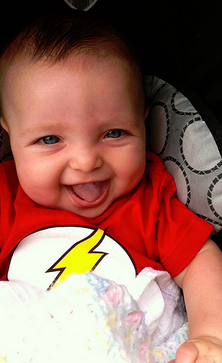 What's new with me ...
What's new with me ...
Summer is my favorite season, and Sienna and I have been spending lots of time outdoors - mostly enjoying beautiful Stuy Town. We've also been hanging out with other moms and babies in the neighborhood. Sienna continues to impress Jesse and me every day - and always makes us laugh with her silly faces and noises, and unwavering determination!
Click here for more photos of my beautiful baby girl!
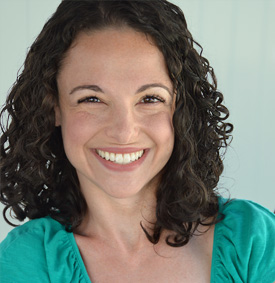
Call or text me today
917-359-8641
I'd be happy to answer
any questions you have!
Massage@Rachel-Richards.com
Subscribe to my Youtube channel!
Did you know?


